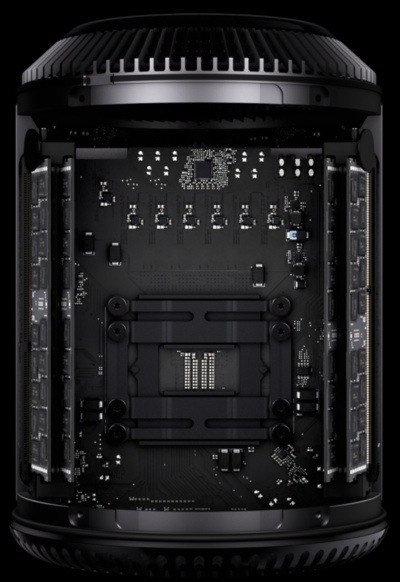As smartphones embrace always-on, ubiquitous location, location-based sensor fusion will become a standard feature, according to ABI Research (www.abiresearch.com). Location-based sensor fusion will enable the dawn of the quantified self, ambient intelligence, as well as provide huge potential around advertising and retail, says the research group.
“Sensor fusion is vital in enabling a consistent location experience, RF mapping, and the industry to scale rapidly,” says ABI Research Senior Analyst Patrick Connolly. “Unfortunately, it is not just a case of putting in a 9-axis sensor to achieve this. Highly complex algorithms are required to optimize sensor outputs, integrate with other location technologies and combine with machine learning and data-fusion algorithms. Sensor fusion will surpass Wi-Fi and BLE as the most important handset-based indoor location technology by 2017.”
ABI Research has forecast the adoption of different indoor location technologies, and the companies best placed to be successful.
“We see a significant trend towards hybridization, with Wi-Fi, BLE, and senor fusion proving to be vital. By 2014, hybrid solutions will have already surpassed standalone indoor location technologies on smartphones. Longer term, technologies around optical light, object recognition, and LTE-direct are all forecast to offer differentiation,” says Connolly.
ABI Research vice president and practice director, adds: “The market is largely divided between Sensor IC OEMs [original equipment manufacturers], GPS/connectivity IC OEMs, and a group of really interesting start-ups. Companies like Movea, HillCrest, indoo.rs, and Senionlab are creating some intriguing solutions and will represent the next generation of acquisitions and partnerships in indoor location.”


